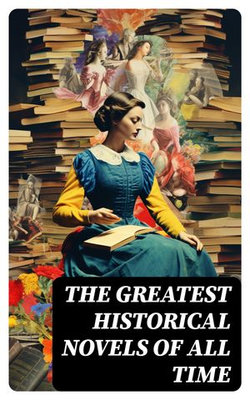The Greatest Historical Novels of All Time is a curated anthology that masterfully traverses the landscape of historical fiction. This collection brings together an astonishing array of narrative styles, from the Gothic prose of the Brontë sisters to the intricate realism of Tolstoy and the social commentary of Austen. Readers will find an admirable diversity in the anthology, with stories spanning different eras and cultures, reflecting the thematic depth and breadth that historical fiction offers. A standout among the collection is a tale revisiting romance amid the turbulence of socio-political upheaval, encapsulating the transformative power of the past on personal lives. The anthology unites a distinguished assembly of writers whose varied backgrounds and literary legacies span multiple generations. Authors like Alexandre Dumas and Nathaniel Hawthorne draw from the romantic and transcendental movements, while F. Scott Fitzgerald and Edith Wharton evoke the decadence and moral complexities of their respective eras. The book is a homage to literary traditions around the globe, blending voices from the Victorian idealism of the British Isles to the philosophical realism of European novels, enriching readers' insights into how these historical narratives have shaped cultural and literary discourse. For ardent readers and scholars of historical fiction, The Greatest Historical Novels of All Time offers an unparalleled opportunity to explore the genre's multifaceted nature. This anthology challenges readers to appreciate the cultural tapestry each author contributes, demonstrating the genre's potential to bridge past and present. Engaging with this collection not only provides educational enrichment but also invites contemplation on how diverse historical narratives interact to offer profound reflections on humanity, tradition, and societal progress. Delve into this anthology to experience a confluence of history, art, and narrative excellence.




Share This eBook: